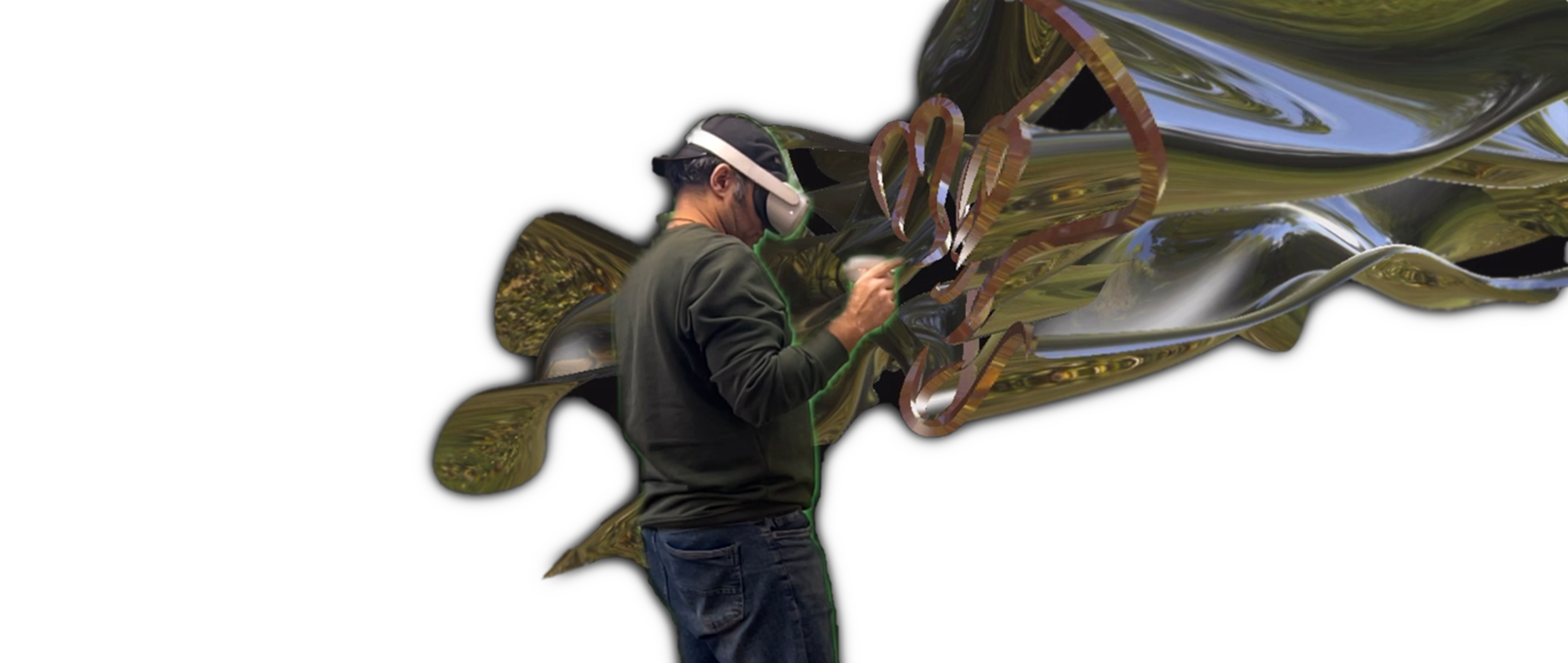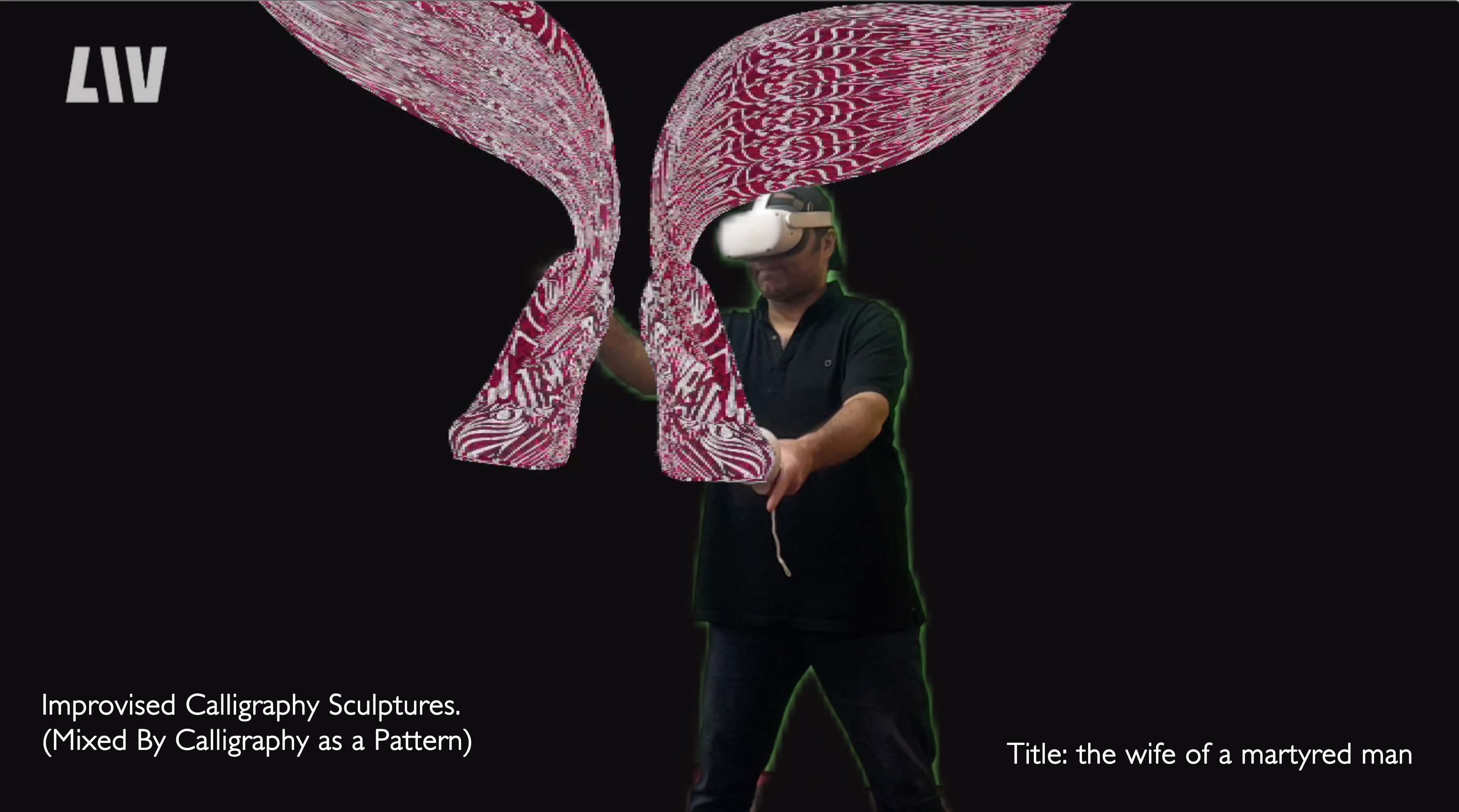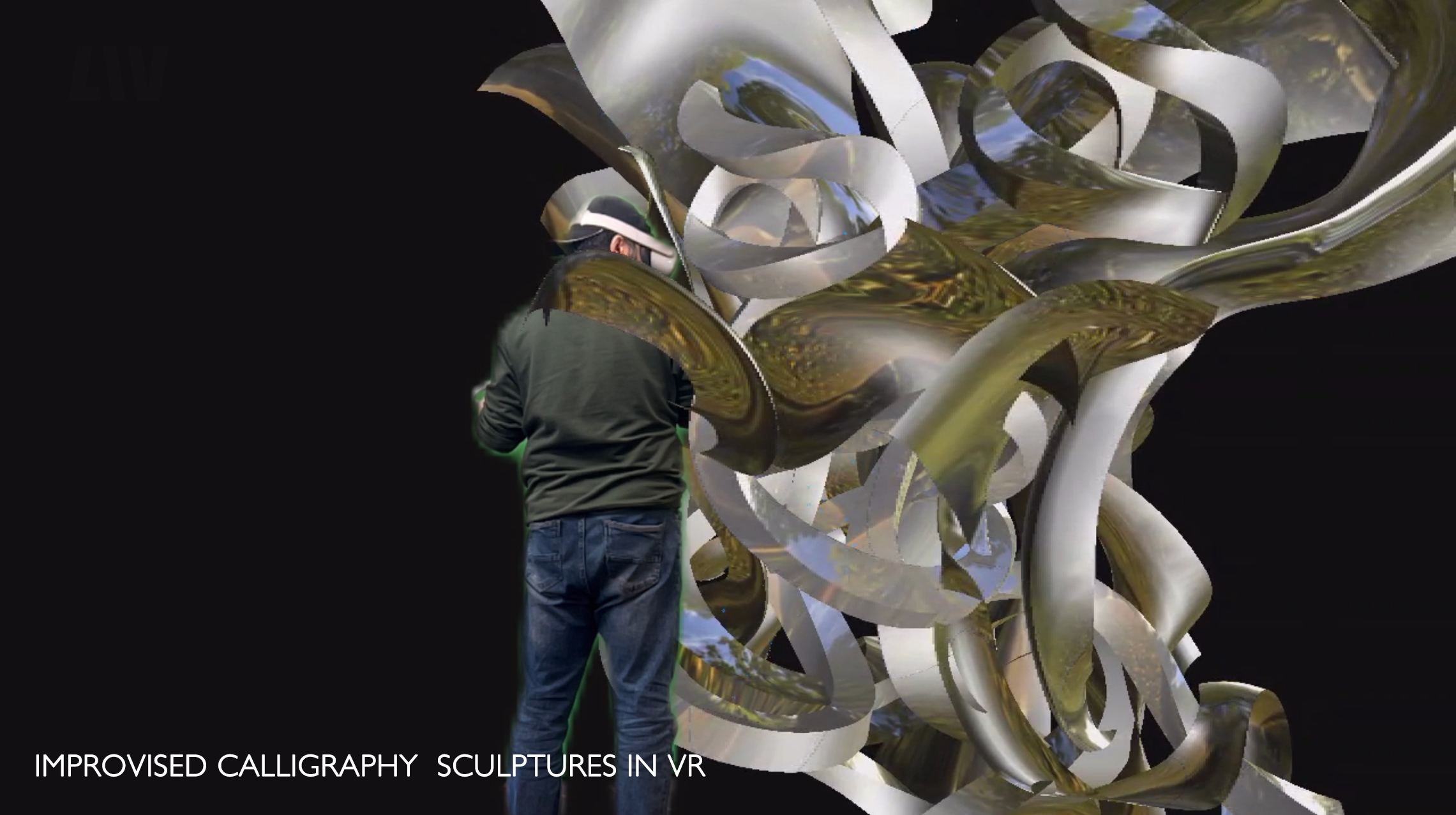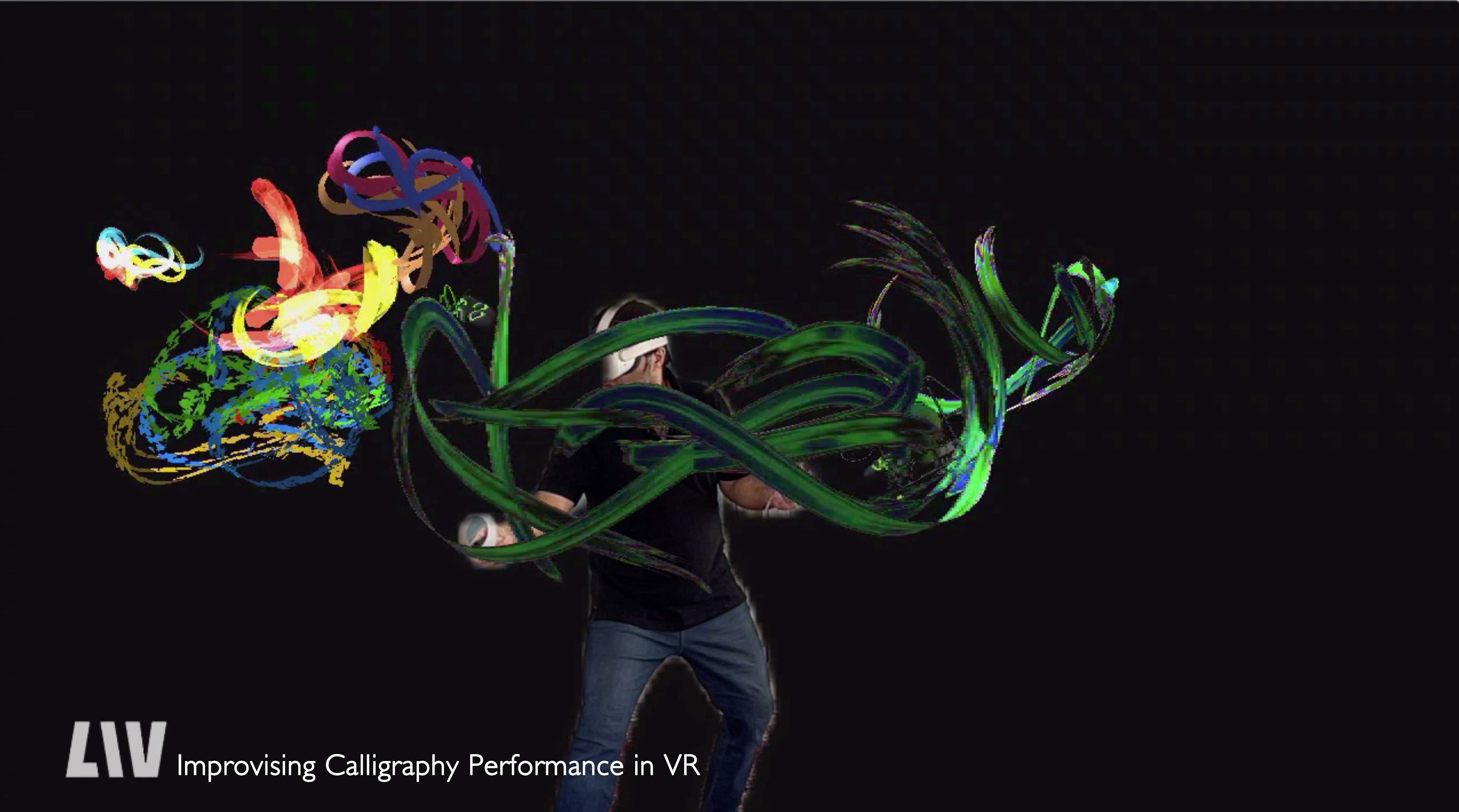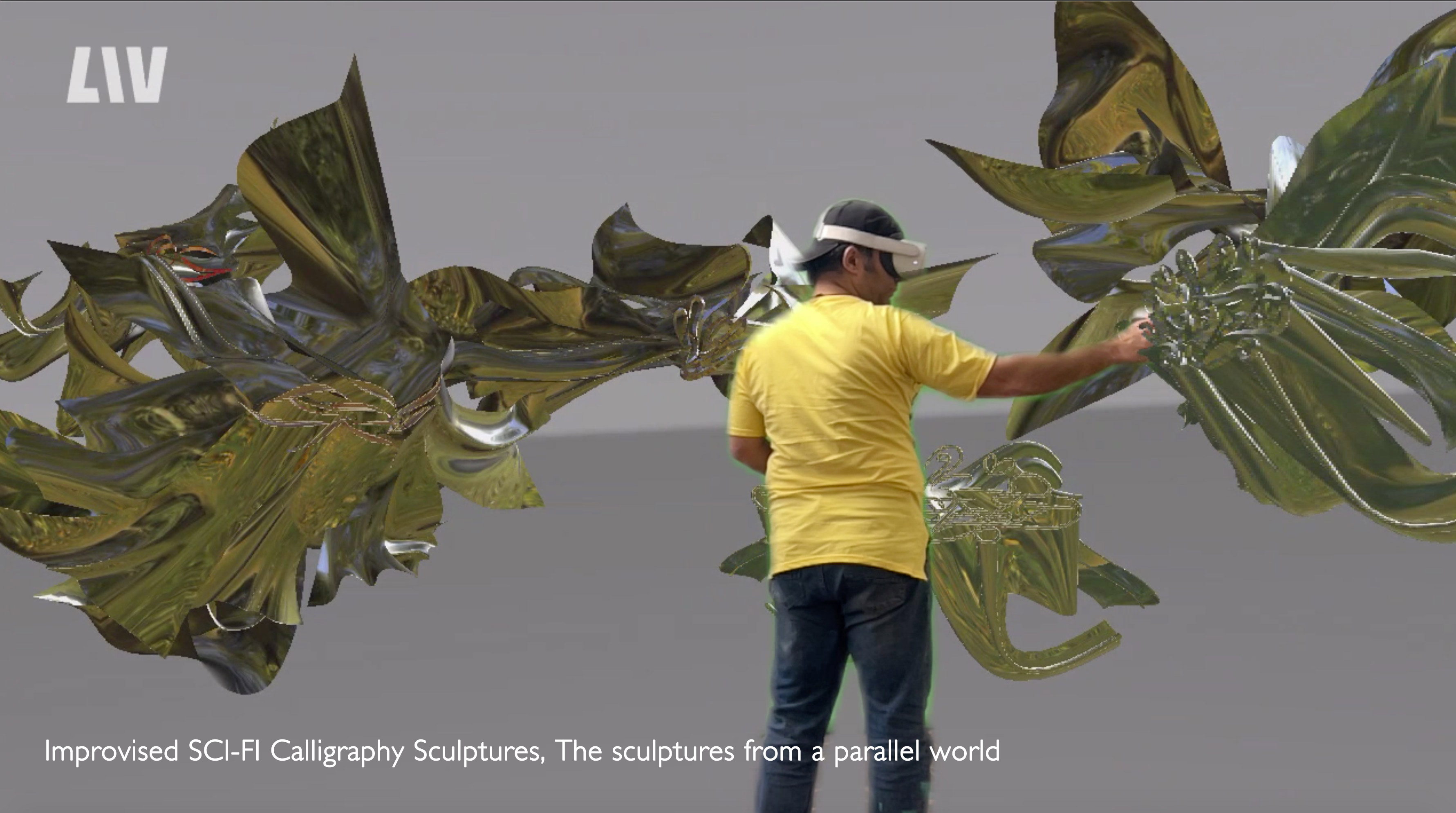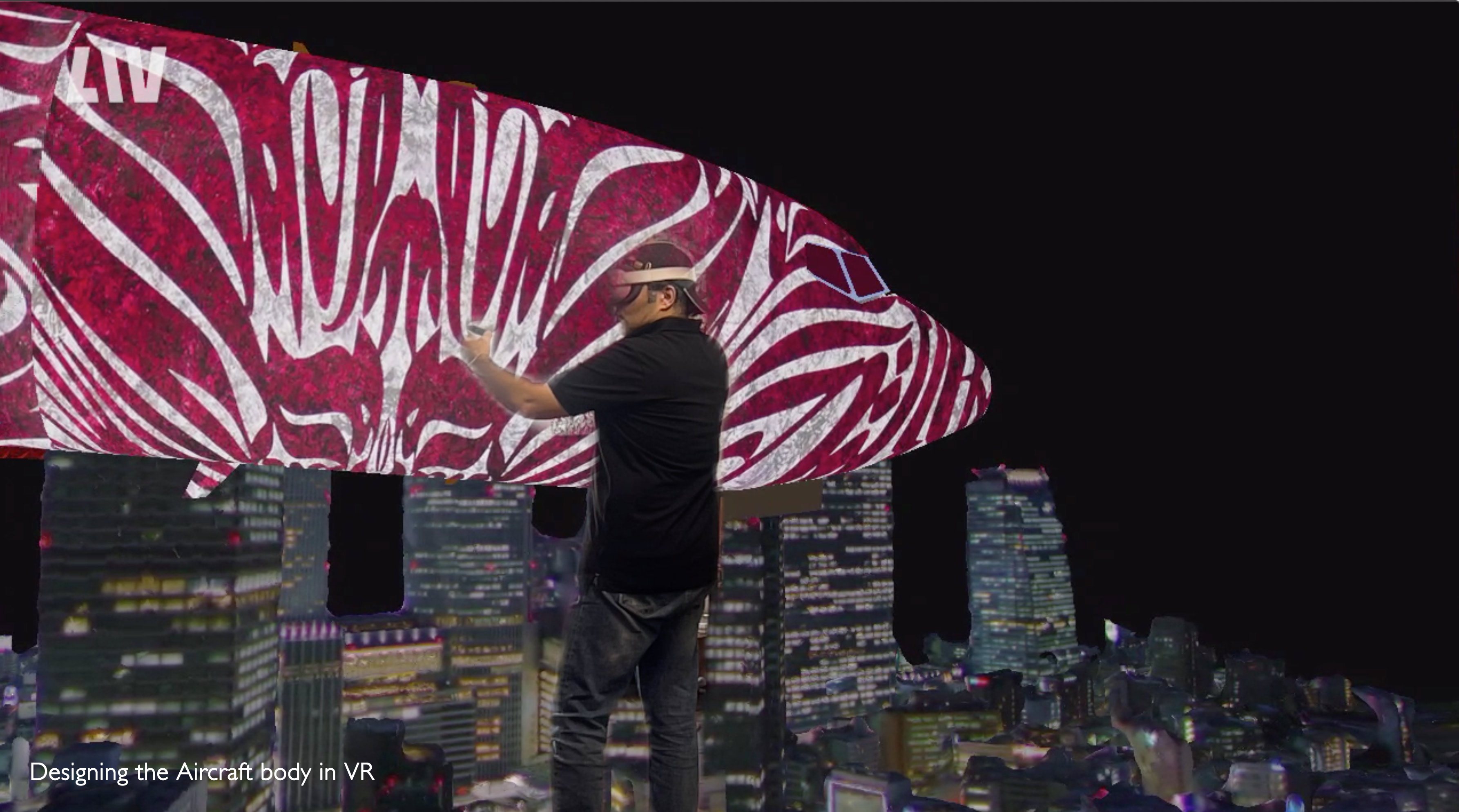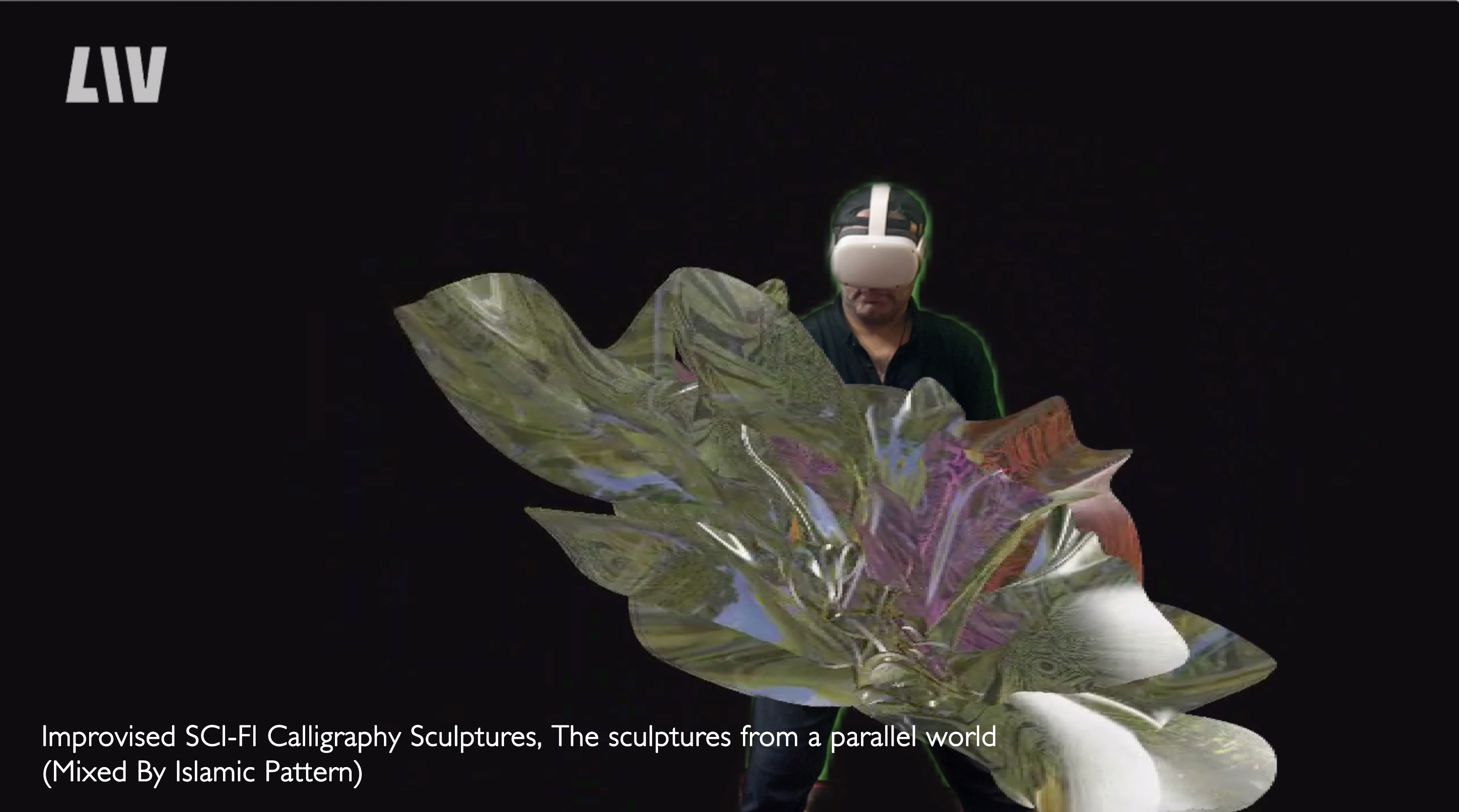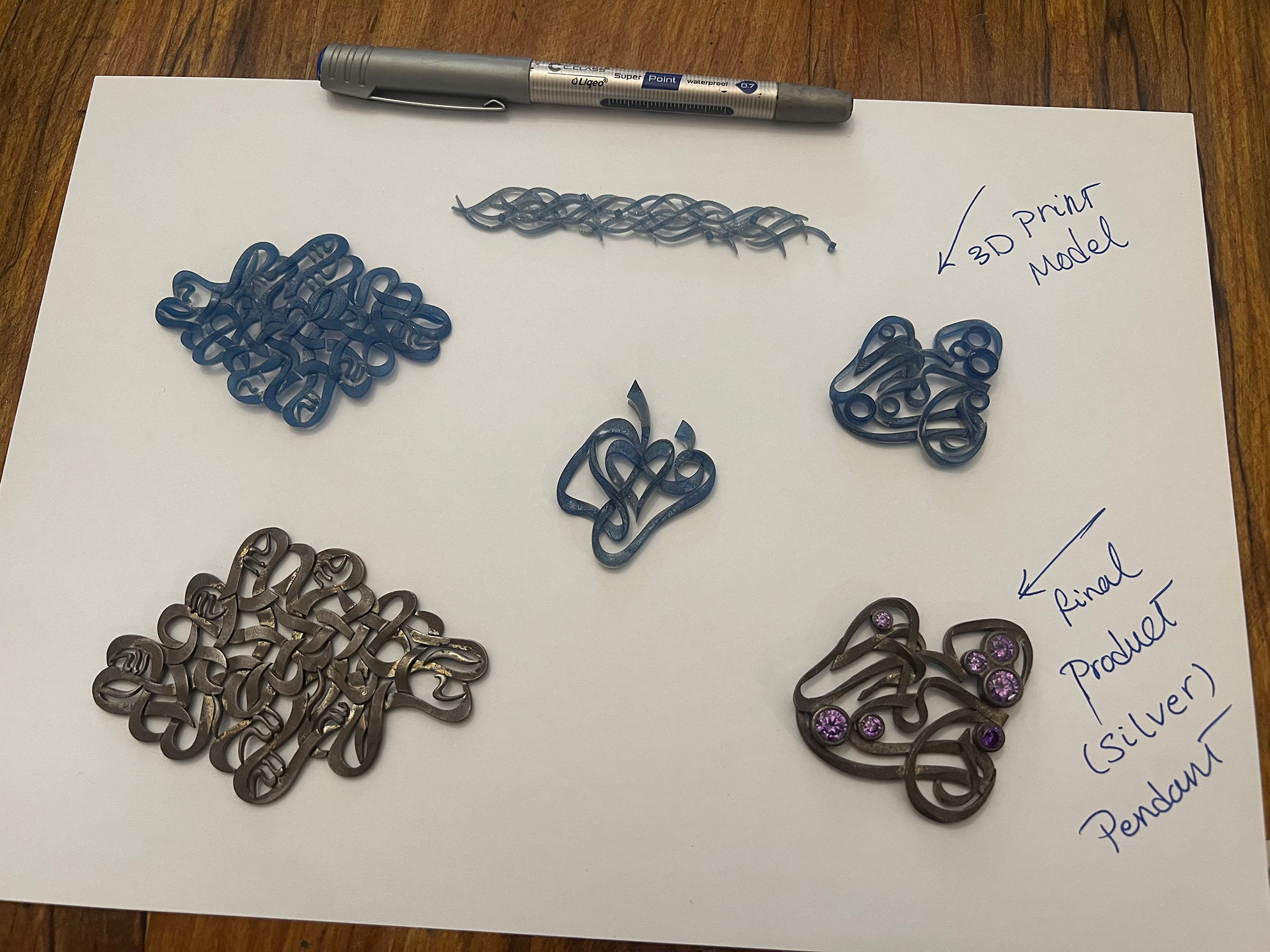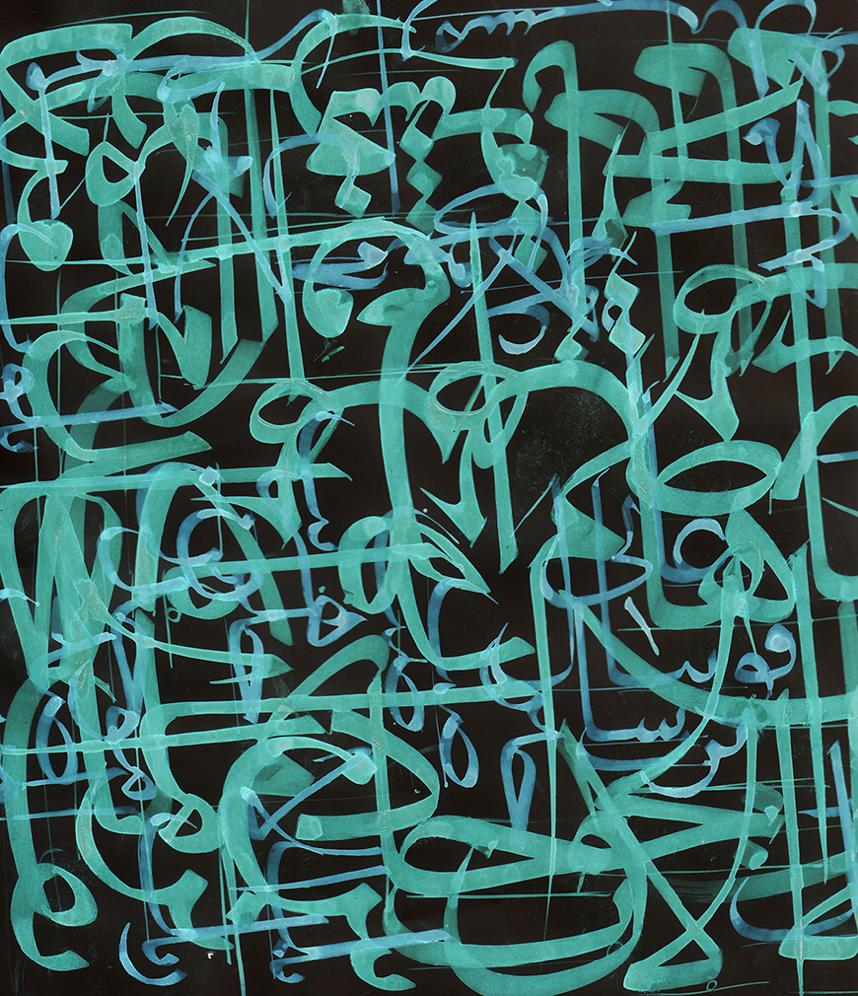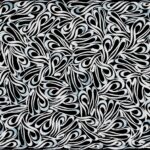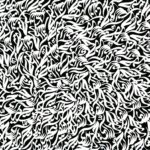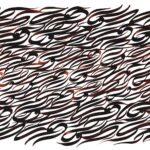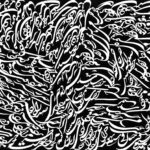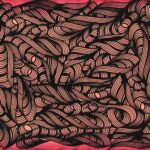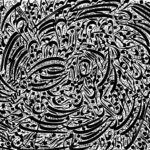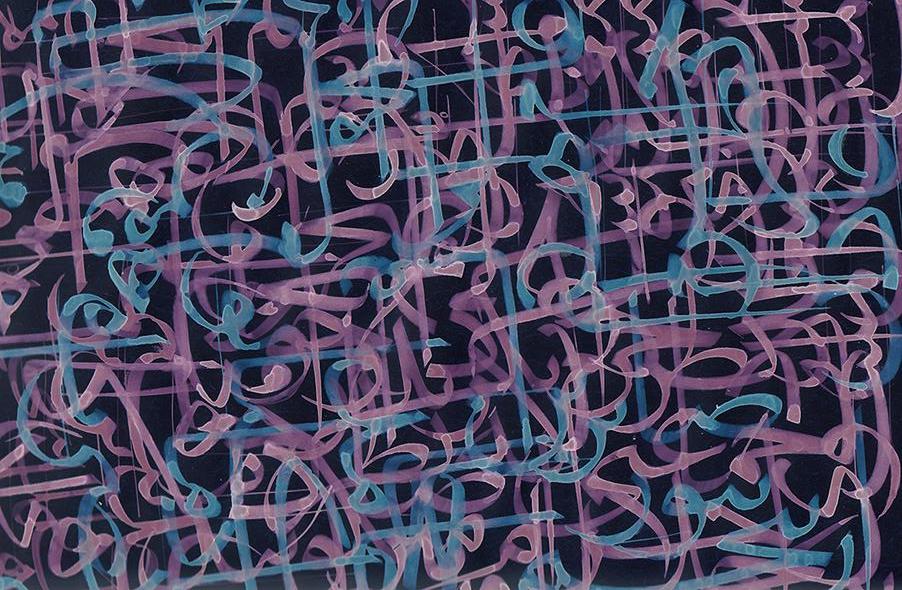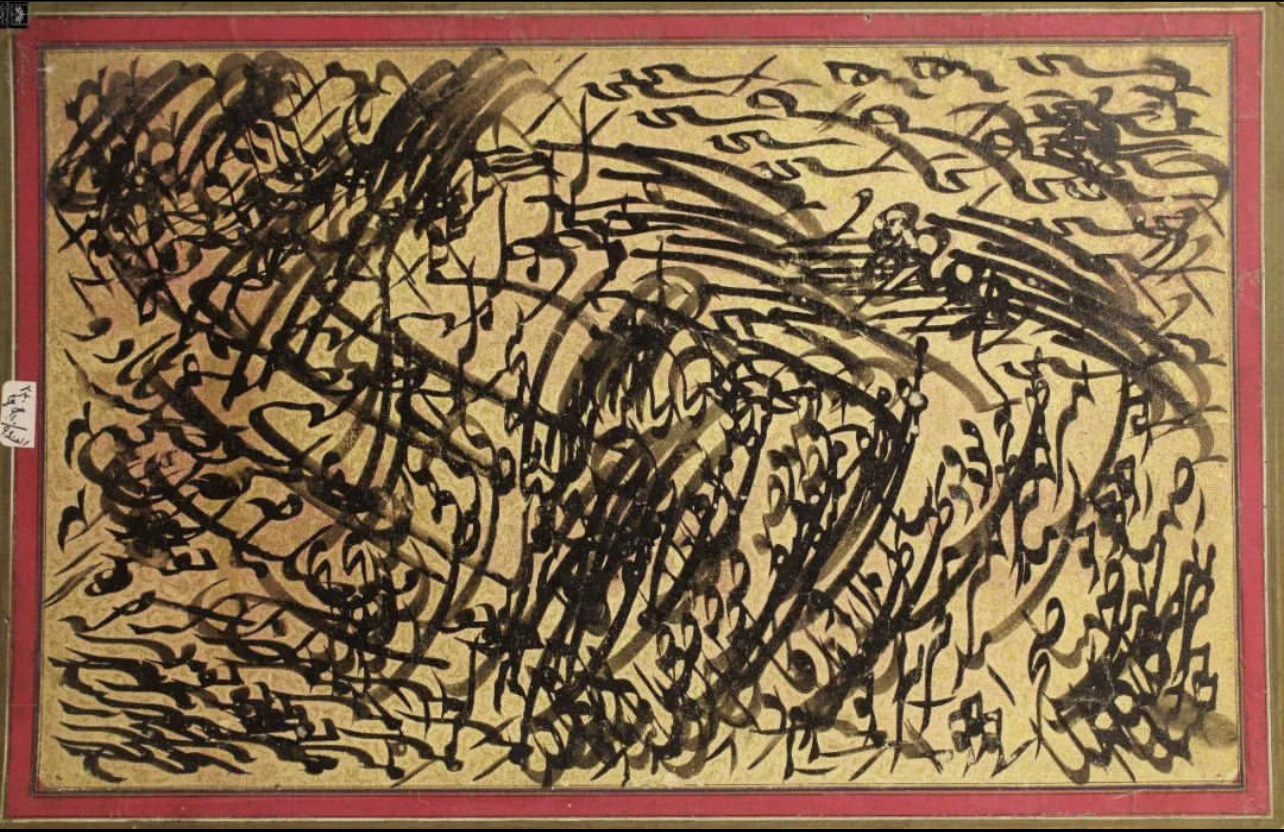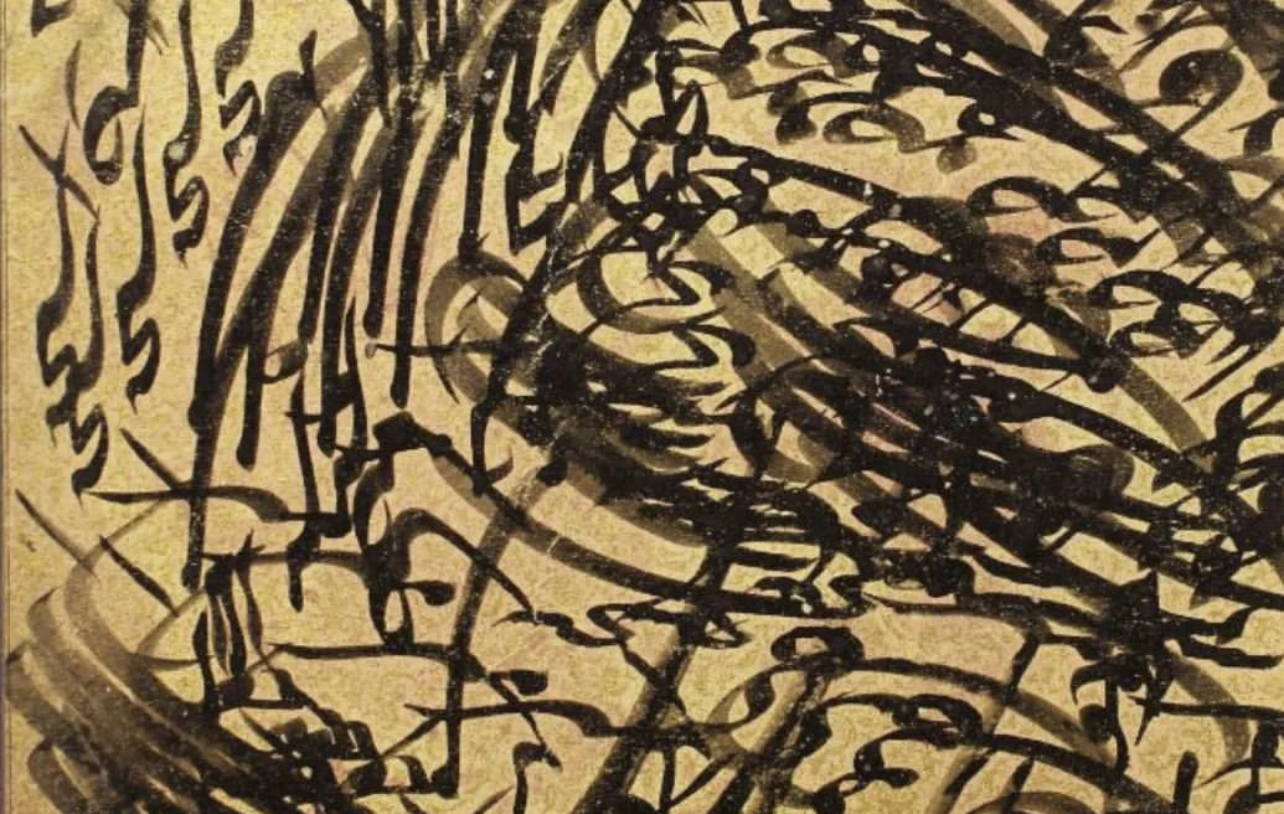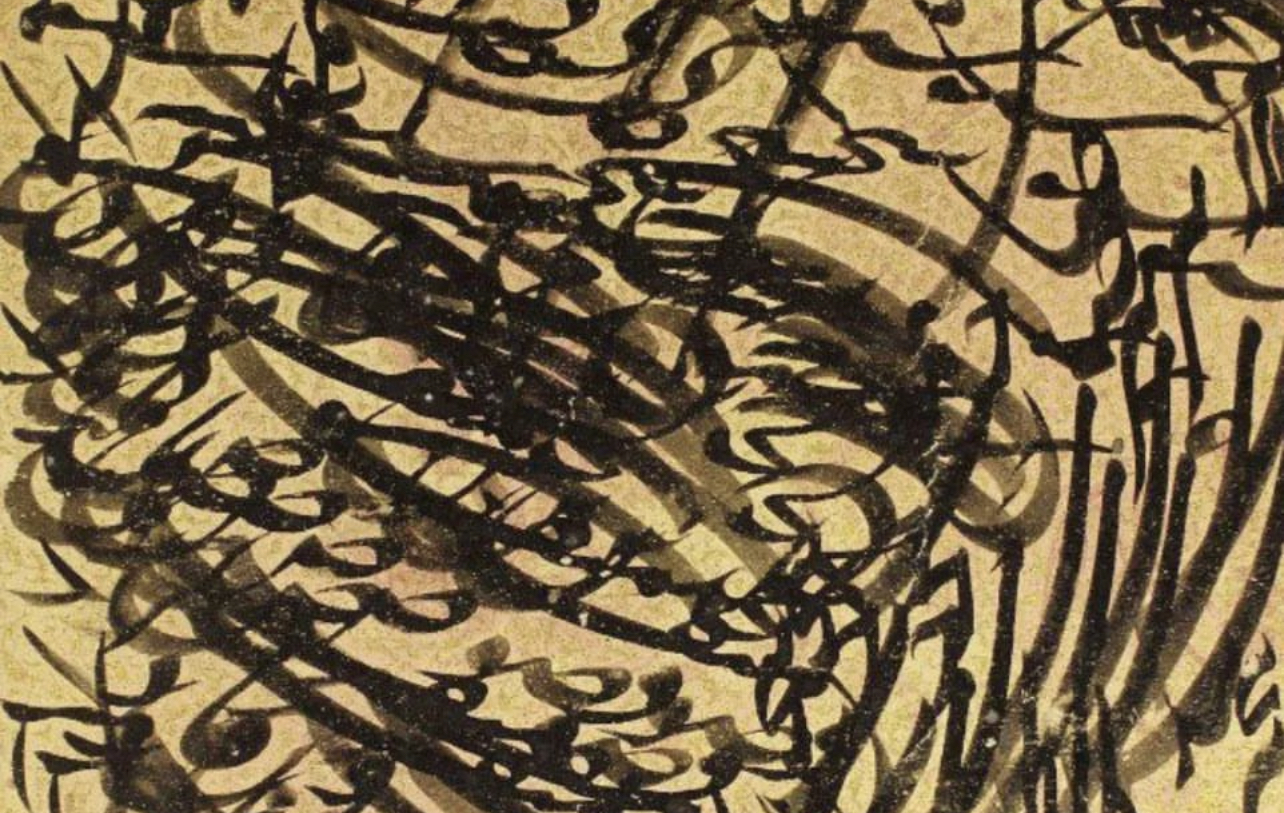WHICH ONE
Liberating a suppressed creativity, softening an old fear or Developing an inspiring art?
“Calligraphy is The most important chromosome of the Islamic tradition and culture.”
Mohammad Bozorgi
I am not that holy Quran just to be read.
I am not that Hadith just to be heard.
I am the Quran itself, I am the Hadith itself, live me.
I am a dimensionless reflection of God & “Shaytan”.
Believe it or not, I am God & and at the same time I can be Devil.
I am the code that you spent a lifetime to find.
I am buried under a 1500-year-old patterns.
I am the end of all infinities.
I am the infinity compressed in your mind.
I am sadness
I am happiness
I AM WORD!
Enriched by the energy of heaven and hell.
I am salvation,
I am captivity,
When they kill, I flow on their lips,
When they find life again, I flow on their tongues,
By saying “me”, in my name, they violate,
In my name, They Rape,
In my name, they destroy the right,
In my name, they bring the truth to life.
It is through me that women and children fall from life.
It is through me that women fall in love.
It is through me that women become “halal” for men.
It is through me that men become “ حرام haram” for women.
I am the miracle of the Middle East.
I am the Magician itself.
I am God. I am Devil.
I kill,
I revive,
I make hearts dance.
I destroy souls.
Write me on a paper, dissolve it in water, drink it, I am your healing.
Write me on a paper, dissolve it in water, give it to someone to drink, I am his/her pain.
I am the essence of beauty, I am the essence of the absence of beauty.
I am the Light itself, I am the lack of Light (Darkness).
Somewhere like a sword, I cut.
Somewhere I am soft, like silk.
The best things are done through me
The worst things are done through me
I am the black spell (talisman)
I am the white spell (talisman)
I don’t want a reader.
I want a watcher.
I want a lesson-taker.
I AM WORD!
So I am the DNA of the Middle East.
I am resting in the arms of the chromosome that protects me.
The Islamic Calligraphy!
The most important Chromosome in the islamic culture cells.
Abel or Cain?
Am I the Calligraphy’s Abel or Am I the Calligraphy’s Cain?
If I AM Calligraphy’s Cain, so will calligraphy kill me at last?
I AM WORD!
I will net be killed at least in the Middle-east…
May we are the only “ABEL & CAIN” in the history who can not Kill Each Other.
I AM WORD!
Introduction
In order to know how VR helps Islamic calligraphy, we need to dissect the current state of calligraphy and its historical causes, and then by mastering VR, discover which calligraphy needs it solves.
A collection of historical factors such as: the fundamental role of the word and its meaning in Islam, the inherent abstraction of the word, the inherent abstraction of Islamic calligraphy forms for non-Middle Eastern audiences, the inner energy of Arabic words, the exhausting efforts of artists in this field in history, the role of religious suppression of art by some From the governments in the history of Islam, the completely imitative and rigid educational system, the limitation of tools, a kind of colonial betrayal of art history to Islamic art, Islamophobia that is spreading and…
It caused the emergence of weaknesses, strengths, opportunities and threats for Islamic calligraphy.
Strengths:
– A very rich and unique treasure of classical forms of Islamic calligraphy in different Scripts.
– Inherent abstraction in forms and in the “Word” itself as a human invention.
– The strong roots of calligraphy in the 1450-year soil and the many potentials to expand the foliage in the future sky (originality).
weaknesses:
– Lack of some elements such as: imagination, freedom of mind, three-dimensional mentality.
– Instrument limitation
– The inability to reflect the artist’s individual feelings or reflect cultural and social evolution.
– Isolation of calligraphy artists compared to other visual artists.
– Lack of familiarity with today’s technologies
– The Underestimation and lack of self-confidence of calligraphy artists in interaction with the world art scene, which is mainly dominated by western thought.
– Lack of courage in: creating improvisation and breaking some classical rules
– The absence of an advanced, dynamic and updated educational system.
Opportunities :
– The existence of several festivals and calligraphy events in Arab countries
– The need to develop a culture of tolerance in the world
– The some new scenes for calligraphy such as fashion, carpet, video art, VR, artificial intelligence, NFT, architecture, etc.
threats:
– Growing Islamophobia
– Absence of powerful leadership and comprehensive global strategy for the expansion of Islamic calligraphy
– The gradual alienation of the new generation from its cultural and Islamic identity in the Middle East and the increasing tendency of this generation to migrate intellectually or geographically to the West.
In this article, an attempt has been made to examine these items in relation to the current era and the years to come, from my point of view.
All of this writing is just the personal opinion and I do not intend to insist on its credibility, because it is a summary of what I have seen, read, understood and finally lived moments as a calligrapher.
Therefore, it is obvious that this writing is not without flaws, but I am sure that it is honest.
All this speech in the section of examining weaknesses, strengths, opportunities and threats and Their roots, finally leads to how Virtual Reality can offer a solution for Islamic calligraphy in today’s world.
Obviously, this writing is not a pure academic text or a pure emotional writing, and maybe it is a combination of the two.
Therefore, I hope the sections that refer to the my emotions will not be boring for university professors & students, also the sections that refer to technical topics will not be boring for artists.
I would be grateful if you could share your thoughts with me.
Wish You All the Best,
Mohammad Bozorgi
Calligraphy: A glorious past, a forgotten present, standing on the edge of the future blade
Is today the most difficult day for Islamic calligraphy?
It is mostly praised for its glorious past, it is examined for its modernist peaks (which have ended) and it does not have a clear strategy for the future.
In its interaction with the generation and the contemporary world, it faces a lot of challenges because the speed of changes is greater than the speed of creation, re-creation or even redefinition of the ideas of this art, and the theoretical bases of calligraphy do not have serious fodder for contemporary artistic circles.
The borders of its influence in the world are getting smaller every day and it is getting closer to the borders of the Middle East.
The golden time of 2006 to 2015 has not been repeated in the region.
The clichéd but more important answer of influential and prestigious galleries in the region to the artists of this field is: calligraphy is not so contemporary anymore.
Its biennials and festivals do not have a significant, influential and inspiring output, or if they do, it is mostly for domestic use and lacks global strategic plan.
For various reasons, its artists want to migrate from the great past of calligraphy, somehow, and find a way to the so-called contemporary art, even if their boat sinks in the waters around the ideal city of “being contemporary”.
It does not have an efficient and effective educational system, and its quantitative scope covers its qualitative defects.
Islamophobia has become more prevalent in the world.
Some experts consider calligraphy to be near its end and believe that only its traditional, cultural and historical power can save it from complete death, but eventually it will become a native industry in every Islamic country, and except for a few A respectable example will have no more words to say…
Anger, frustration, depression, despair, carelessness and even denial can be the reaction of my defence mechanism, as someone who has spent 33 of the best years of his life in Islamic calligraphy, in the face of these cases.
But if these things are confirmed as facts, will my defence mechanism as an artist save me and my art? Definitely No.
I prefer to stay sober & creative and not play the role of a victim and start mourning for this situation.
Therefore, I boldly assume that all this is about to happen right now.
And I ask myself:
Is today so dark for Islamic calligraphy? And tomorrow is darker than that?
YES & NO!
I will be surprised if calligraphers do not appreciate their situation.
Which Situation?
Let’s take a closer look at the story…
I strongly believe that one of the most valuable, artistic, abstract and strange things that mankind has created since its presence on the earth is the word!
Maybe you will criticise me for this opinion.
But before that, please kindly answer a few questions:
- Before the word (language) was created, was there any pattern for the word outside of the human mind, in the nature?
- At Least, Was there even something in the nature that inspired the creation of the word? (such as the sounds in the nature for music or exquisite and amazing landscapes for painting or sculpture or the passion to capture a moment or scene for photography or filmmaking?)
- Now, the word has been created, is it still possible to find a similar form and content for it in the nature?
I hope that if you still don’t agree with me (which of course, it is your right if you don’t agree), it won’t prevent you to continue reading…
The first strength point
I believe that Islamic calligraphy is one of the most abstract arts in the world, even in western point of view.
Why do I say: in the “western point of view”? Does abstraction have an oriental meaning?
Yes, and I believe that abstraction is something that can be found in eastern culture more than in western culture.
I don’t intend to examine its intellectual, belief, religious or sociological foundations, so I will only go to the artistic part of it and I hope I can convey my meaning to you.
I have reasons for this statement.
When I was teenager (about 30 years ago and at the age of 15), I looked at my calligraphy exercises (which were a jumble of letters and words interwoven), rather than the blackness of the words, the whiteness of the spaces between the words overwhelmed me. It enchanted me.
In a calligraphy practice (which is like making love with forms and repetition is like meditation), the calligrapher mostly does not pay attention to the meaning of the words, but the proportions and shape of the words are important to him/her.
Years later, when my understanding became more complete, what caught my attention when I saw these exercises was:
“If someone who does not know the meaning of these words or is not familiar with calligraphy forms (Not like the people of the Middle East) sees these exercises, what will his thoughts be?”
Won’t everyone have his/her own unique interpretation and feeling after seeing these works?
And maybe even this type of complex feeling leads to re-creation, identification and even simulation in the mind of the audience.
Over time, I realised that the audience creates its own unique mental and emotional drama when faced with a work of art (especially abstract art) and this makes it feel better to interact with an abstract work of art.
Finally, I realised what a strange abstract painting had been created without my intention through my exercises.
And I found very serious similarities between these exercises (black exercises) and what is praised as abstract art in the West.
The works of artists like Jackson Pollock, Pierre Soulages, Hans Hartung, Gerard Schneider, Georges Mathieu, Mark Tobey… (maybe I am wrong & obviously this is my personal opinion by now)
This type of calligraphy practice (Sia’ah Mashq) is several hundred years old and is not unique to our time and was mostly used for practice and was slowly improved by calligraphers in hundreds of years before, as abstract pieces and according to the pure aesthetics of calligraphy forms.
What occupied my mind was this:
“What do these old islamic patterns and compositions do in Western abstract art?”
Has this composition made its way from east to west? Because in terms of time, it cannot have come from the west to the east.
If this is the gift of the East to the art of the West, why is the “history of art” silent about it?
(Of course, “the history of art is silent on this matter”, it should be approved by experts in this field, of course, experts who have knowledge of Islamic art and Western art and judge fairly.)
The basis of this silence, whatever it be, led me to the conclusion that the history of art is more the history of “successful artists” than the impartial history of art.
Why do I emphasise so much on the “silence” of art history regarding the influence of Islamic art on the art that everyone recognises as the most progressive genre of Western art?
Because of two reasons:
First: If this influence had been officially recognised, perhaps we would have witnessed the growth and flourishing of Islamic art in the present era.
Perhaps the Islamic calligraphers valued the heritage that has reached them more and they went astray less for creativity and innovation in their works.
The way of intercultural dialogue (from two equal positions for Islamic art and Western art) was opened, and Islamic artists considered themselves less defeated by Western art.
Second: If this silence is a fact, then it creates a relatively deep error in the history of art, which (probably) goes back to the era of new colonialism that happened after the discovery of oil in the Middle East.
And maybe traces of this colonialism can be found in the history of art.
I am not an expert in this field and I will leave further discussion on this matter to experts.
Although I have serious criticisms regarding the interaction of classical Islamic calligraphy with the contemporary era (and in the rest of this speech, I will say them impartially), but on the other hand, I say that the Western “ISM”s ( Western Styles of Art) should not intimidate, disillusion, disappoint and even mislead Islamic artists.
This makes us, take back what was pure and classical in Islamic art after it was reproduced by the West, and make some funny efforts to match it.
*To compare images, please refer to the end of the article.
The second strength point
Another strength of calligraphy is that the word itself is abstract as I told before. Although thousands of years have passed since its creation, it has become so familiar that no one thinks about its abstractness anymore.
But has the abstract nature of the word changed? no…
Therefore, whatever is created from the word or through it, will it inherit some of its abstraction.
The use of words in a work of art, whether it is calligraphic or not, either emphasises the word forms & the symbolic role of calligraphy, or is meant to be read and understood.
Of course we shouldn’t forget that the emphasis on legibility, limits the artist’s mind & hand in presenting new forms or improvisation.
On the other hand, We must not forget that words (especially in the Middle East) carry energy in their essence, whether we know the word’s meaning or not.
Therefore, the presence of Islamic calligraphy motifs has an impact on the audience in two ways:
1- the aspect of visual beauty (which in some scripts is accompanied by a bit of fear, mystery, and ambiguity)
2- the inner energy of the words (even without knowing their meaning), which It creeps into the audience’s mind without the audience noticing the penetration of this energy.
In sum, A combination of the morphology of the words, which is a strong and serious reference to the historical memory of the audience, along with the energy hidden in the words (which also comes from a 1500-year-old tradition) with the seasoning of the inherent abstraction of the word (which leads the audience to the beginning of the creation of the word), And finally, the abstractness of the Islamic calligraphic forms can be a perfect recipe for creating a serious, impressive and even inspiring work of art.
This is why I say that Islamic calligraphy (Arabic and Persian) provides a unique opportunity to its artists.
Now, Does the islamic calligraphy ready to face contemporary era?
For a long time, the mission of writing was to preserve and convey meanings.
And for a long time, calligraphy was not viewed as an pure art, that can have an aesthetic mission, without “conveying meaning” being important.
Calligraphic ornaments were born to emphasise the value of the high meanings that the words contain.
The limited tools of calligraphy, which were just reed pen, paper and mono colour ink, also made three-dimensional thinking unable to open its place in the minds of calligraphy artists.
The great emphasis on not deviating from the rules of traditional calligraphy (although it was the most important reason for the persistence of this great heritage) also caused the minds of calligraphy students to be heavily calibrated on imitative forms.
Thinking differently and creating forms that were not subject to the traditional rules of calligraphy were less relevant and not accepted.
Was this a form of repression arising from religious beliefs or was it a mechanism that the masters of this art had designed for themselves to train obedient and submissive students?
Students who did not allow the word “doubt” to appear in their minds.
In my opinion, a combination of these two has caused calligraphy to spend several hundred years on the circuit of pure imitation and with little creativity that some brave artists showed.
Of course, it cannot be denied that this rigid educational system made this beautiful and wonderful tradition reach us intact, but it made the amount of creativity in it decrease.
In short, the sum of these reasons (in most of the time) made “the beauty of calligraphy” is summed up as a great imitation of the masters, and the beauty of permutations, combinations and different compositions of words that differed only in tone from the previous calligraphers.
Of course, I am happy that a number of scripts like Kufic & Naskh, after entering subcultures, were able to redefine themselves and experience very different and beautiful styles.
But it seems that this creative path became very slow at some point in history and the time of stability of lines such as Thuluth, Arabic Naskh, Diwani, Raqqa, Raihan, Mohaqaq, Nastaliq began.
At that time, making changes in the common lines was viewed very strictly and even some artists were punished for their different views.
The existence of such an atmosphere, together with religious authoritarian beliefs (especially in the field of figurative arts), caused the calligraphic artist’s mind to focus on imitation and, as a result, they didn’t think to create in the third dimension (as happened to sculpture in the West after the Renaissance).
three-dimensional thinking and even imagination never took place in traditional calligraphy, and if there was a chance, there were very limited examples of 3D objects in Calligraphy.
although Those examples were not mainly & originally based on the infrastructure of three-dimensional imagination. The most of them were two-dimensional thinking that developed in the third dimension through extruded shapes. (Like some Tombstones)
The beauty of classical and traditional calligraphy has been and will continue to amaze and inspire viewers for centuries; many lives, many talents have been spent to add beauty to it, and unbelievable efforts and sacrifices have been made to maintain it. And I think that if this system was not hard to imitate, maybe this lasting legacy would never reach us.
But this imitation from calligraphy masters, can continue forever?
Can pure imitation and day-to-day efforts to be more similar to the calligraphy of the elders, in the future and even in the our era, meet the aesthetic needs of the generation that will live in the 21st and 22nd centuries?
Although It is definitely a principle for me that we cannot break or change these traditional rules for the benefit of contemporary aesthetics without mastering the traditional calligraphy rules But it is an undeniable fact that the unquestioning adherence to classical models and strict rules has slowly caused “our beautiful classical calligraphy” take a defensive posture when it faces the age of technology and change of mediums.
Three-dimensional sculptures and good works have been created in recent years by using two-dimensional thinking in three-dimensional space, but their number is very small in comparison with the scale of the greatness and influence of calligraphy in Islamic culture.
Very good and principled innovations and creations have been done by some calligraphy masters and even young great graffiti artists, which promises good days for calligraphy, but still, it is not enough.
In technology Era, Despite all commendable efforts, there are still a few things that the islamic calligraphy suffers from the lack of:
- “Imagination”
- Having “Braveness” for artists, to the contact of their spirit and mind with the unknown lands of art.
- The “courage” to break the calligraphy classic rules based on mastering them and mastering the rules of aesthetics.
- Freedom of “artistic thinking”, even if this freedom does not lead to beauty. This freedom can happen in an element like “meaning” for calligraphy as well, so the calligraphy artist should not even afraid of playing with meanings and the religious aspect of calligraphy.
- The “enthusiasm” & “ambition” to Create improvised shapes and forms of the words and a form means to live the words and their curves and not just to focus on writing them correctly.
Embracing virtual reality, slowly woke up my courage to recognise imagination, braveness, artistic thinking, in calligraphy.
conclusion: the Islamic calligraphy, both in form and in concept, has high potentials for creativity and can also build contemporaneity in its own style. Not necessarily the contemporaneity that is according to the common categories of Western art.
This sentence is the key:
“Being contemporary, in the style of Islamic calligraphy.”
Personally, I don’t understand what it means: “to be contemporary” in the sense that exists in art world now?
One year from now and ten years from now and 25 years from now, do we still want to say contemporary? Or post-contemporary?
What is the name of the period that begins after the post-contemporary period?
What is the futuristic art?
So I believe all of these coincide.
Based on this, Islamic calligraphy can suggest a type of being that does not belong to a specific category.
And this will be possible just based on the boldness of imagination, study, research, Progressive learning system, courage to break restrictions, full knowledge of the tradition of calligraphy, interaction with the community, freedom of mind and thought, acceptance of technological possibilities and finally preparing a comprehensive strategic plan for Islamic calligraphy, avoiding religious, sectarian, tribal, racial and linguistic prejudice.
Perhaps most of these cases are the ones that Islamic calligraphy has tried to be defined with, over the centuries.
But I know that this is no longer the answer.
Virtual Reality: The Gate for seeing inside a blackhole
I am a calligrapher.
I have spent 33 out of 45 years of my life in this lovely battle.
I write Arabic scripts such as Thuluth, Naskh, Kufic, Diwani, Ruqʿah, and Persian ones such as Nastaliq, shekasteh & taliq and sometimes in one artwork, I get inspiration and use a combination of several scripts at the same time.
I have spent my whole life to understand the romanticism of the Kufic, the Magnificence of the Thuluth, the harmony of the Diwani, the coquetry of the Nastaliq and the poetic soul of shekasteh.
Sometimes in my dreams, I see a word, sad or happy or dancing or thinking like a human.
But I have spent most of these 33 years with a number of questions.
And with these questions, sometimes I have become angry, or I have doubted, or I have reached certainty.
- Is the classical islamic calligraphy, an art or a craft?
- In these 1450 years, except two dimensions (X-Y Axis) on paper, wall, stone, tile or metal, have I found an opportunity to flourish in another dimension? In all these centuries, my mind, has breathed in the two-dimensional space and I have no imagination of the third dimension (Z Axe) at all! How much has my soul been trained for imagination in these few thousand years? How can I honour this precious heritage of 1450 years and then simultaneously take a step forward with the help of our historical and cultural heritage?
- Can I pass through my words and see behind my words or inside them or their dissected anatomy? Can I see the hidden places of the letters that I have not had the opportunity to see until now? If this happens, how much will I be united with the spirit & body of my words and can I be successful in re-creating and changing their genetics in a new dimension?
- If the pen, paper and ink are taken away from me, what will be left of my calligraphy?
- If someone cannot read the words I have written, does what I wrote have the power to express its story? Does calligraphy have another mission except conveying the meaning of words? If the other mission of calligraphy is beauty, can it fulfil this mission well in the face of the new generation?
- Can calligraphy be a mirror of its creators’ feelings? If it can, do the classical rules of calligraphy allow me to express my feelings?
- Can I say to the words and forms in my imagination: Be! And they arise in the moment, in front of my eyes like a living creature? Can I remove gaps such as classical rules and my two-dimensional historical memory and the limited tools of pen, paper and ink between my mind and my creation?
VR: A contemporary “nothing”, liberating the traditional “many things”
Answers to centuries of unanswered questions
Two years of corona pandemic and staying at home was a threat that turned into an opportunity for me.
Because I came close to answers of all these questions in VR.
For me: Virtual is not “Virtual”! It’s entirely “Real”! So I named it “Reincarnated Reality”!
This is all the real life which I have lived in, before this technology.
I have slept next to letters, I have eaten next to words, I have talked with words, I have heard their pain, I have hugged them, I have looked into their eyes, I have danced with them, I have been angry with them, I have put my head on their shoulders, I have caressed their heads on my feet. I have stuck my claw in their hair… all these have been reality for me.
Now, in the world outside of my imagination and mind, I have created those situations with this headset.
NOW,
- I can definitely say that Islamic calligraphy is an art because you can reach intuition and improvisation from the heart of its tradition.
- Like a ghost, I can pass through my words; See the whole aspects of them and I better understand the historical and traditional genetics of letters. I can feel their potential to change & deformation or improvement; So that I become united even with the smallest particles that make up each letter and find the power to interfere in it in the most beautiful way. This means that I can cause the genetic mutation of letters in different dimensions. Can you imagine what excitement and achievements this has for my 1500-year-old thirsty soul? The result was unbelievable!
- It is not the writing equipment that writes, but it is part of the creativity of the universe in me, that creates, and as soon as a certain 3D form for a word crosses my mind, I can say: “Be! in a thousand dimensions!” And it will be created. All the directions are under my mind control and there is no need to think in two dimensions and then design in three dimensions with the help of 3D software on computer and wait for a long time for it to be executed by the material.
- In different emotions when I’m Creating a calligraphy piece, like handwriting, calligraphy reflects my current feeling. even, I can express my feeling during the creation process.
- My mental creativity has mutated and I imagine the world of calligraphy in a higher dimension. I imagine in 3D, think in 3D, Create in 3D. Now I actually live among my creatures. Somehow I have breathed my soul into my words and they stand like a living creature, eye to eye.
Why SCI-FI Calligraphy Sculptures?
During high school (my field of study was mathematics) when we got to the topic of integral and its function, one of my hobbies was to calculate the surface under the graphs in the form of calligraphy letters through integral.
What I remember from that time (about 27 years ago) is that the challenging part of the story was finding the equation or theorem ( the function of x) of the curves forming the letters.
Later in the university (my field of study was Bio-medical engineering) when we got to the double integral (to calculate the area or surface) and the triple integral (to calculate the volume), it became much more complicated… I don’t remember much, but I remember that I could Calculate the volume of some simple letters by triple integral.
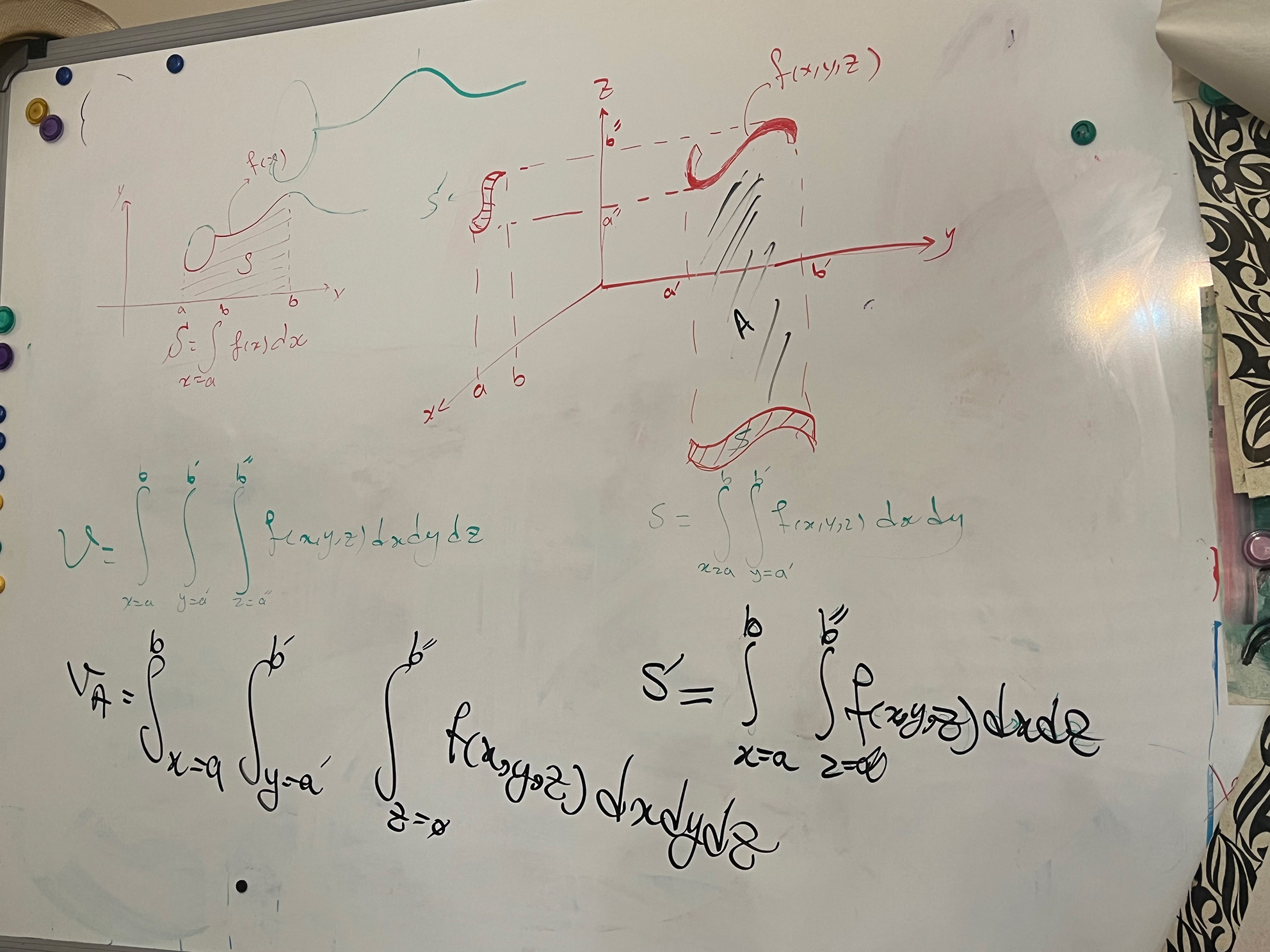
very early, Industrial drawing also taught me that the projection of a volume is a page.
The projection of a page is a line.
And the image of a line is a point.
The basis of my interest in corrugated (curved) surfaces in 3D space was formed from this time.
These basic knowledge were buried in my mind for years until I came across the theory of the holographic universe.
Holographic Universe Hypothesis Says:
“The holographic universe principle suggests that we’re living in a simulated reality (this is different from the hypothesis that states we live in a computer simulation). Essentially, it claims our physical world is nothing more than a detailed illusion. This illusion is actually projected by our brains, as energy fields are being decoded into the seemingly three-dimensional universe we see around us.”
(source: Futurism website)
The name of these calligraphy sculptures is inspired by this theory.
Based on this theory, calligraphic forms are the projections of other multidimensional forms in the another worlds that I consider parallel worlds.
Now, how should we understand what things in parallel worlds caused such beautiful forms in the shape of calligraphy to be created in our world?
Do we have access to those worlds today? NO.
But we have access to the projection, symbols and visualisation of those worlds ( you can consider parallel worlds as heaven, higher energy, God or whatever you believe).
In fact, we have access to the signs of the higher worlds, so instead of descending from that higher worlds to the world of signs (our own world), we try to ascend from the signs to the higher world.
Perhaps discovery, intuition, inspiration and reverse engineering will lead us to the conclusion.
Therefore, I have stretched the letters and shaped them in different dimensions in order to reach their sources. with the help of meditation which is the heritage of 15 centuries of beauty of calligraphy and culture, I have shaped the continuation of the letters as my imagination tells me in the most sincere and free way.
Instead of understanding what in the parallel world caused the beauty of calligraphy forms in our world, I have tried to find that the calligraphy in our world was the result of which beauties in the parallel worlds!
In this reverse movement, I have left my mind and soul free to imagine in all dimensions and move towards a world with more than four dimensions.
The result is SCI-FI sculptures.
Instead of starting your journey from the familiar forms of calligraphy to the end of sculptures, I would humbly ask you to have a reverse idea and consider your journey from the end of sculptures to our familiar calligraphy shapes.
This may be a way to travel from the future to the present and even the past.
This is a strange journey, but if linear time is nothing but our illusion, so the future, present and past disappear in dimensions above our tangible world, then such a journey is possible.
Maybe we are on that journey right now. who knows?
Important Points about VR technology
1- Very Attractive Learning Atmosphere & Environment:
After 33 years of calligraphy, this is the most attractive learning environment that I have found for Islamic calligraphy. This is the closest educational environment to the artistic aspects of calligraphy.
In my eyes it’s a redemption for students’ minds and imagination from pure 2D thinking that they have had no choice but to accept for hundreds of years, and brings them to a kind of 3D and at the same time improvisational thinking in calligraphy.
Personally, I consider this type of thinking not only necessary but VITAL for Islamic calligraphy. In order to continue its glorious life in the contemporary era, classical Islamic calligraphy needs this type of thinking seriously so that it does not lag behind the caravan of contemporary art and even contemporary society.
2- Exporting Created 3D models:
All works created in virtual reality can be exported in 3D format and then printed by 3D printers in desired dimensions and then recreated with desired material.
3- Creation Together:
In this technology, it is possible for two or more people to work on creating a joint work. Geographical restrictions will not prevent this cooperation.
This possibility gives us three important facilities:
First: online learning becomes possible.
Second: It is possible to hold an interactive workshops with the audiences, in the amazing space of virtual reality.
Third: The possibility of online teamwork on joint projects is available.
4- MR (Mixed Reality):
This technology allows you to use the Mixed Reality feature, which means to combine realities such as the artist or the surrounding space with what happens in the virtual reality environment, and reaching to very attractive and very practical results at the same time.
The real-time combination of the artist and the work he creates, shows the feeling and state of the artist’s emotions and the direction of the artist’s hand movements in the space during the creation of words. It clearly shows the path of the formation of the artwork, which can be very informative and at the same time very attractive for the audience.
5- Development:
some applications of this technology (like Google Tilt Brush) are open source and you can make changes and even develop them.
For example, it is possible to provide the calligraphy artist by changing the slant of his pen based on the script he is writing.Or change the shape or material of the brushes more towards what is efficient in calligraphy.
On the other hand, you can add atmospheres, environments, materials and patterns that are more similar to Islamic culture and tradition; so you can create a unique combination of tradition and contemporary.
6- Unique Performance:
The various direct outputs of this technology to desktop computers, laptops, video projectors, powerful servers and all kinds of wide screens allow us to hold remarkable performances in the field of calligraphy, as there is no examples like this since today.
7- Importing 3D Models or Images From Another Softwares:
This technology allows us to import our works of art or 3D models designed and implemented in other software and then modify or make changes in virtual reality space.
8- Fit The Calligraphy Artworks & Sculptures in Real Sizes:
This technology allows us to prepare a 3D scan of our real environment, home, workplace and the space in which we want to install our artwork and import its 3D model in HeadSet, and then create our sculpture in real dimensions in it and decorate it in the most real way.
9- Making 3D Calligraphy Sculptures From Initial Sketches:
In this technology, in addition to creating improvisation, we will be able to create works based on the etudes that we have already drawn on paper. Although this is contrary to the spirit of 3D thinking and virtual reality space, it is a suitable solution for creating works while maintaining the classic shape and motives.
10- Making Precise Models:
With the precise rulers that exist in this technology, if you wish, you can achieve a very high accuracy of millimetre in the dimensions and sizes of your design.
Now again: Unanswered Question!
- Will any kind of intelligences in the future be able to create an atmosphere for unique language in which I, with the knowledge and experience I have from Arabic calligraphy, can easily create a work of Chinese calligraphy with only imagination?
If this is the case, calligraphy will easily have the capability of serious inter-cultural and inter-religious interaction.
ATTACHMENTS :
*Some Pictures to compare with western Abstract expressionism:

